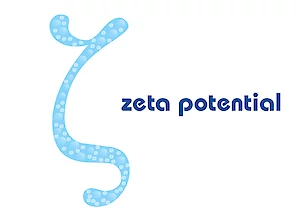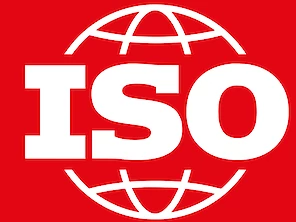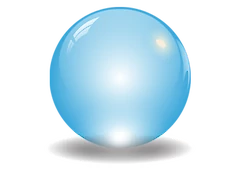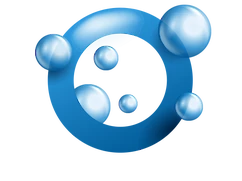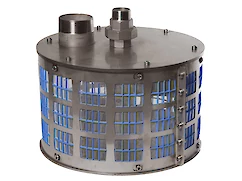dissolved oxygen and nanobubbles
Introduction
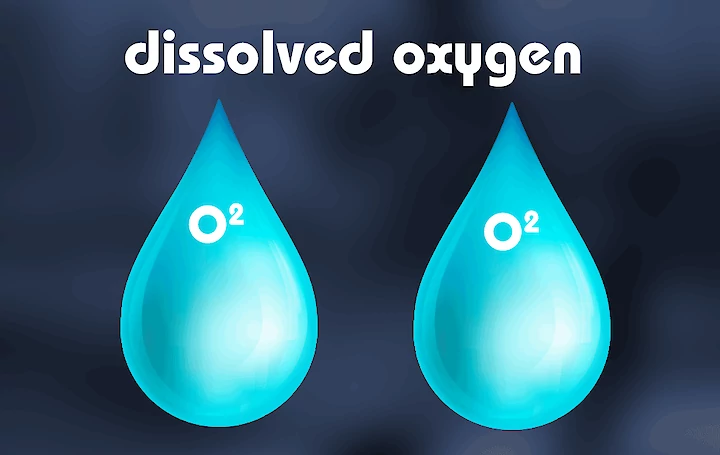
Dissolved oxygen, or DO, refers to the level of free, non-compound oxygen present in Water or other liquids. The DO value is an essential parameter for your water quality and the process where you use the Water. An ultrafine bubble, also known as a nanobubble, is not dissolved oxygen; a bubble is a gas cavity in Water or another liquid.
Conventionally, aeration is a technology to increase the DO value in Water. Now, with nanobubble technology, we have two levels to increase the oxygen in Water: the first level is the dissolved oxygen, and the second level is via bubbles or gas cavities in Water. For this reason, we also refer to nanobubble generation as an enhanced aeration technology.
The following factors influence the dissolved oxygen level:
- Temperature of the Water
- The salinity of the Water
- The altitude of operation (atmospheric pressure)
- Biology in the Water is affected by the respiration of fish and plants
The relationship between water temperature and DO is inverse: Cold Water can hold more DO than warm Water. The ultrafine bubble generators on this website pressurize gases and liquids; therefore, they can oversaturate the Water. In nature, under normal conditions, a saturation level of 100% is the maximum.
Air contains 20.95% oxygen. At standard barometric pressure (760 mmHg), the pressure or 'tension' of oxygen in air is 159 mmHg (760 x 0.2095). The pressure of oxygen in air drives oxygen into Water until the pressure of oxygen in Water is equal to the pressure of oxygen in the atmosphere. When the pressure of oxygen in Water and the atmosphere is equal, the net movement of oxygen molecules from the atmosphere to the Water stops. The Water is then in equilibrium or at saturation, with dissolved oxygen (DO), when the oxygen pressure in the Water equals the pressure of oxygen in the atmosphere.
PPM versus mg / L
We often get the question of what the difference is between DO ppm and DO mg/L. At first glance, it appears to be two very different forms of measurement. They are both ratios, and to see how they align with each other, it's easiest to start with ppm, or parts per million. As an example, let's say you're trying to determine the salinity of seawater, and you get a reading of 36,000 ppm; that means that for every million parts of Water, there are 36,000 parts of salt.
What are the parts? Parts can be measured in any unit: liters, buckets, or a drop of Water (such as orange juice or gasoline). The sample size is irrelevant. It's the RATIO of the tested parts (salt) to the total number of parts (seawater) that's important. It's easy to grasp ppm, but how about mg/L?
A liter of Water (which is a metric measure of volume, or capacity) weighs 1 kilogram. That's 1,000 grams. Now think about a milligram. It is 1/1000th of a gram, making it 1/1,000,000 th of a kilogram. Put another way, a liter of Water weighs 1,000,000 milligrams. One million milligrams… see where this is going? For our purposes, 36,000 milligrams per liter is equivalent to 36,000 parts per million.* Both measurements tell us how many parts (milligrams) are present in every million parts (liters).
In reality, for these measurements to be perfectly equal, they must be taken with pure Water at standard temperature and pressure. Most testing instruments include an automatic temperature compensation feature (ATC), which corrects for this difference.
DO values table
Dissolved oxygen values, saturation point, and oversaturated values
| Temperature | DO (mg/L) | DO (mg/L) | DO (mg/L) | DO (mg/L) | DO (mg/L) |
|---|---|---|---|---|---|
| (degrees C) | 100% | 200% | 300% | 400% | 500% |
| 0 | 14.6 | 29.2 | 43.8 | 58.4 | 73 |
| 1 | 14.19 | 28.38 | 42.57 | 56.76 | 70.95 |
| 2 | 13.81 | 27.62 | 41.43 | 55.24 | 69.05 |
| 3 | 13.44 | 26.88 | 40.32 | 53.76 | 67.2 |
| 4 | 13.09 | 26.18 | 39.27 | 52.36 | 65.45 |
| 5 | 12.75 | 25.5 | 38.25 | 51 | 63.75 |
| 6 | 12.43 | 24.86 | 37.29 | 49.72 | 62.15 |
| 7 | 12.12 | 24.24 | 36.36 | 48.48 | 60.6 |
| 8 | 11.83 | 23.66 | 35.49 | 47.32 | 59.15 |
| 9 | 11.55 | 23.1 | 34.65 | 46.2 | 57.75 |
| 10 | 11.27 | 22.54 | 33.81 | 45.08 | 56.35 |
| 11 | 11.01 | 22.02 | 33.03 | 44.04 | 55.05 |
| 12 | 10.76 | 21.52 | 32.28 | 43.04 | 53.8 |
| 13 | 10.52 | 21.04 | 31.56 | 42.08 | 52.6 |
| 14 | 10.29 | 20.58 | 30.87 | 41.16 | 51.45 |
| 15 | 10.07 | 20.14 | 30.21 | 40.28 | 50.35 |
| 16 | 9.85 | 19.7 | 29.55 | 39.4 | 49.25 |
| 17 | 9.65 | 19.3 | 28.95 | 38.6 | 48.25 |
| 18 | 9.45 | 18.9 | 28.35 | 37.8 | 47.25 |
| 19 | 9.26 | 18.52 | 27.78 | 37.04 | 46.3 |
| 20 | 9.07 | 18.14 | 27.21 | 36.28 | 45.35 |
| 21 | 8.9 | 17.8 | 26.7 | 35.6 | 44.5 |
| 22 | 8.72 | 17.44 | 26.16 | 34.88 | 43.6 |
| 23 | 8.56 | 17.12 | 25.68 | 34.24 | 42.8 |
| 24 | 8.4 | 16.8 | 25.2 | 33.6 | 42 |
| 25 | 8.24 | 16.48 | 24.72 | 32.96 | 41.2 |
| 26 | 8.09 | 16.18 | 24.27 | 32.36 | 40.45 |
| 27 | 7.95 | 15.9 | 23.85 | 31.8 | 39.75 |
| 28 | 7.81 | 15.62 | 23.43 | 31.24 | 39.05 |
| 29 | 7.67 | 15.34 | 23.01 | 30.68 | 38.35 |
| 30 | 7.54 | 15.08 | 22.62 | 30.16 | 37.7 |
| 31 | 7.41 | 14.82 | 22.23 | 29.64 | 37.05 |
| 32 | 7.28 | 14.56 | 21.84 | 29.12 | 36.4 |
| 33 | 7.16 | 14.32 | 21.48 | 28.64 | 35.8 |
| 34 | 7.05 | 14.1 | 21.15 | 28.2 | 35.25 |
| 35 | 6.93 | 13.86 | 20.79 | 27.72 | 34.65 |
| 36 | 6.82 | 13.64 | 20.46 | 27.28 | 34.1 |
| 37 | 6.71 | 13.42 | 20.13 | 26.84 | 33.55 |
| 38 | 6.61 | 13.22 | 19.83 | 26.44 | 33.05 |
| 39 | 6.51 | 13.02 | 19.53 | 26.04 | 32.55 |
| 40 | 6.41 | 12.82 | 19.23 | 25.64 | 32.05 |
| 41 | 6.31 | 12.62 | 18.93 | 25.24 | 31.55 |
| 42 | 6.22 | 12.44 | 18.66 | 24.88 | 31.1 |
| 43 | 6.13 | 12.26 | 18.39 | 24.52 | 30.65 |
| 44 | 6.04 | 12.08 | 18.12 | 24.16 | 30.2 |
| 45 | 5.95 | 11.9 | 17.85 | 23.8 | 29.75 |
Solubility of oxygen in Water
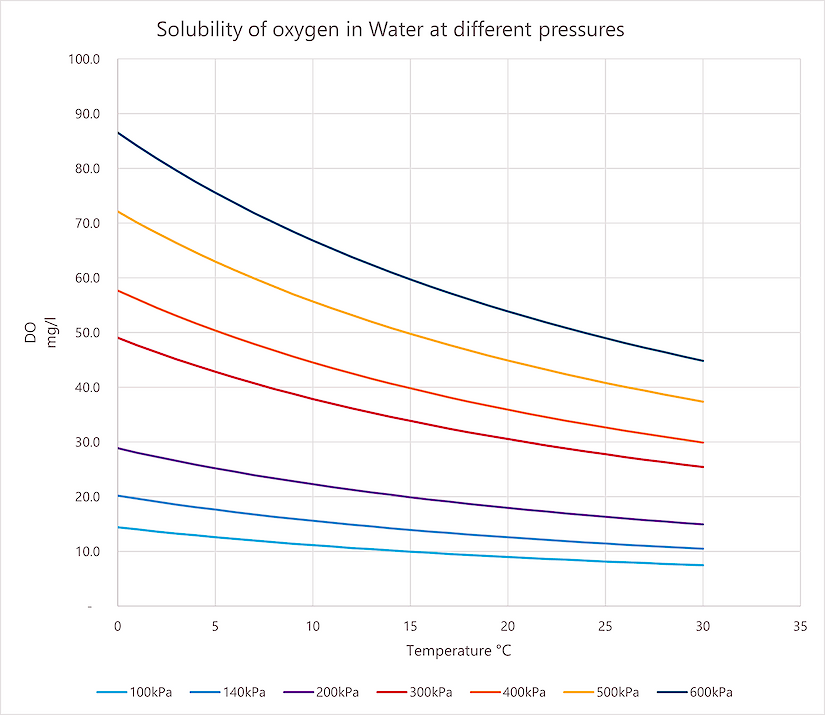
Graph the solubility of oxygen in Water at different pressures. When selecting an oxygen concentrator, ensure it matches your desired pressure setting.
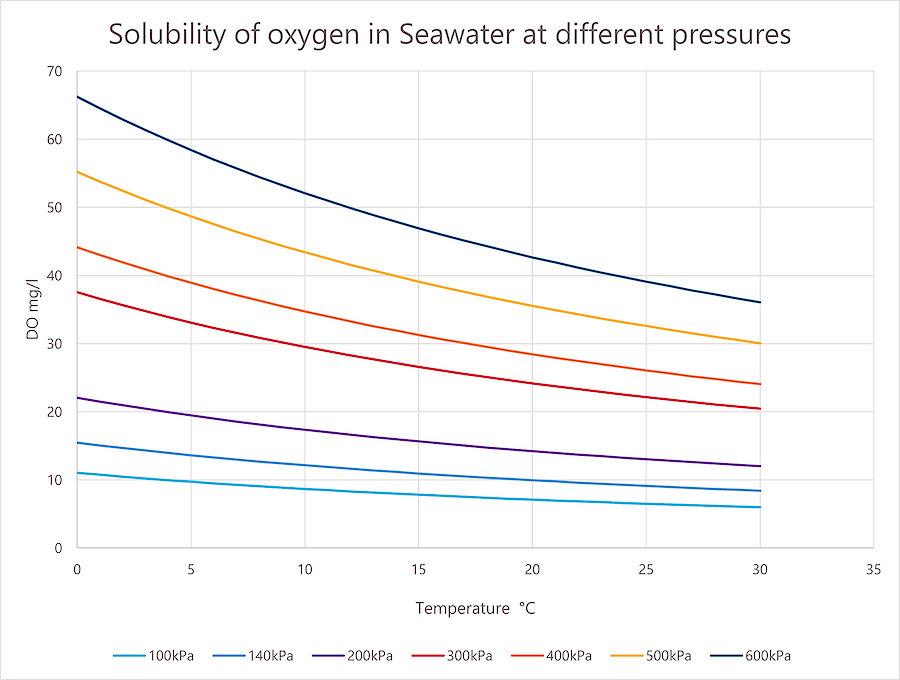
Graph the solubility of oxygen in seawater at different pressures. When a graph with different salinity is required, contact us for a calculation.
Approximate Breakdown of gases dissolved in water and in air
| Gas | Percentage in Air | Approx. % of Total Dissolved Gases in Water | Concentration (mg/L) |
|---|---|---|---|
| Nitrogen (N₂) | 78.1% | ~62–65% | ~13–14 mg/L |
| Oxygen (O₂) | 20.9% | ~30–34% | ~8–9 mg/L |
| Argon (Ar) | 0.93% | ~1.3% | ~0.4 mg/L |
| Carbon dioxide (CO₂) | ~0.04% | ~1.5–6% (varies widely) | ~0.5 mg/L (can be much higher in some water) |
Links
16 Links to other pages: dissolved oxygen
Acniti manufacturer and marketing and sales organization for nanobubble technology and industrial oxygen concentrators.
Optimize water quality with Acniti's dissolved oxygen solutions and nanobubble technology. Enhance aeration for agriculture, aquaculture, and research.
The miniGaLF is ACNITI`s entry level GaLF model designed for companies, universities, research institutes and individuals that want to learn about Ultrafine bubble technology. In this blog a movie is shown of the connections and the performance to create ultrafine bubble (nanobubbles) with high DO water.
Dissolved Oxygen Control System: DO controller for applications that require a high accuracy of dissolved oxygen levels, such as aquaculture and water treatment aeration. In combination with the DO controller,r achieve an optimal environment with energy savings by running the equipment for the minimum time required by the settings.
Carnation flower growers in Japan use nanobubble irrigation technology against fusarium, withering and dying plants, to improve stem quality, flower size, shoot count, volume of stems and growth speed. In the growing season 2017 / 2018, acniti conducted trials, the test area had irrigation water with billions of ultrafine bubbles of an average size of 110 nm and high DO water with 30 mg/l.
The wall mounted Turbiti is the multipurpose nanobubble generator suitable for agriculture, horticulture and fish cultivation sites. Super saturation of oxygen for water day storage tanks in horticulture. Drinking water solutions for chicken, cows, pigs and horses, giving high DO water with ultrafine bubbles to animals with enhance their food digestion more efficiently and results in healthier animals.
Discover how the Turbiti submersible nanobubble mixer revolutionizes water treatment, agriculture, and aquaculture with reliable oxygen saturation technology. Built from corrosion-resistant stainless steel 316L and easy to install, this unit enhances water quality, boosts productivity, and adapts to your needs. Learn more about its versatile applications and robust design—read the full details on the page.
Acniti sells oxygen concentrators, ozone generators with oxygen concentrators and ozone gas sensors
The oxiti booster is an industrial oxygen concentrator that meets the demand for higher pressure oxygen gas for the generation of nanobubbles.
Discover the revolutionary Acniti Oxiti ozone generator that combines O3 and O2 production in one compact unit. This air-cooled system generates 12 grams of ozone per hour using a built-in oxygen concentrator for optimal output. Built with premium materials including quartz glass and titanium, it offers 16,000 hours of service life—far exceeding ceramic alternatives. Perfect for research applications requiring contamination-free ozone and water treatment systems. Learn how this innovative technology can transform your ozone generation needs.
The Turbiti O2 pump skid is the multipurpose ultrafine bubble generator suitable for agriculture, horticulture and fish cultivation sites. Super saturation of oxygen for water day storage tanks in horticulture. Drinking water solutions for chicken, cows, pigs and horses, giving high DO water with ultrafine bubbles to animals with enhance their food digestion more efficiently and results in healthier animals.
Water is one of the fundamental components of life. A large part of living cells is made up of water. Birds need twice as much water as the food they eat. To satisfy the need for water in poultry and birds, you must make water freely available to them. Note that the unavailability and limitation of water consumed by poultry slows down their growth. The water used in poultry feeding should not contain parasites, bacteria, pollution or chemicals, and fresh and clean drinking water must be provided. Bacterial agents are one of the most common water-borne infections. Drinking contaminated and untreated water can cause huge losses in the poultry industry. Using chemicals and antibiotics to disinfect drinking water can cause health problems and drug resistance in chickens. In the last decade, researchers have tried to find a suitable alternative to disinfect and improve the quality of drinking water for farm animals, especially chickens. One of the most available and best options is oxygen-nanobubbles water. By providing oxygen- nanobubbles water, the growth and development of chickens increases, and on the other hand, it enhances their resistance against microbial infections. In this article, we evaluate the benefits of oxygen-nanobubbles water in the poultry industry.
Oxygen plays an important role in plant respiration, which causes energy production and plant growth. Increasing the percentage of oxygen in water improves the root structure and the activity of useful microbes in the rhizosphere. Naturally, an effective and practical system can increase productivity by improving the quality of irrigation water and increasing dissolved oxygen in irrigation water. Acniti oxygen concentrator and Acniti turbiti O3 are very effective supplements for irrigation of agricultural fields and at the same time improve water quality and increase dissolved oxygen (DO) and ozone in irrigation water. To determine the role of oxygen and ozone nanobubbles in the growth of lettuce, an experimental research was conducted. Research showed that by using Acniti nanobubbles generators, will increase the level of dissolved oxygen in water, and makes the roots of lettuce grow more and its weight increases significantly.
Hand-held oxygen and temperature meter with NFC tags and Bluetooth technology
Explore groundbreaking research on air nanobubbles and their revolutionary impact on oxygen transfer in wastewater treatment systems. This comprehensive study reveals how nanobubble technology achieves six times faster dissolved oxygen increases compared to conventional aeration methods, offering significant energy savings and enhanced treatment efficiency. Learn about the experimental results using Acniti's Microstar Nanobubble Generator, which demonstrates improved oxygen mass transfer coefficients and optimal bubble size distribution.


